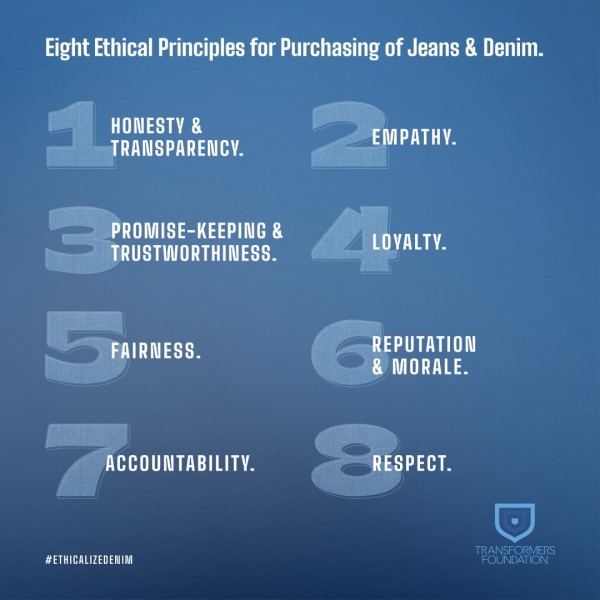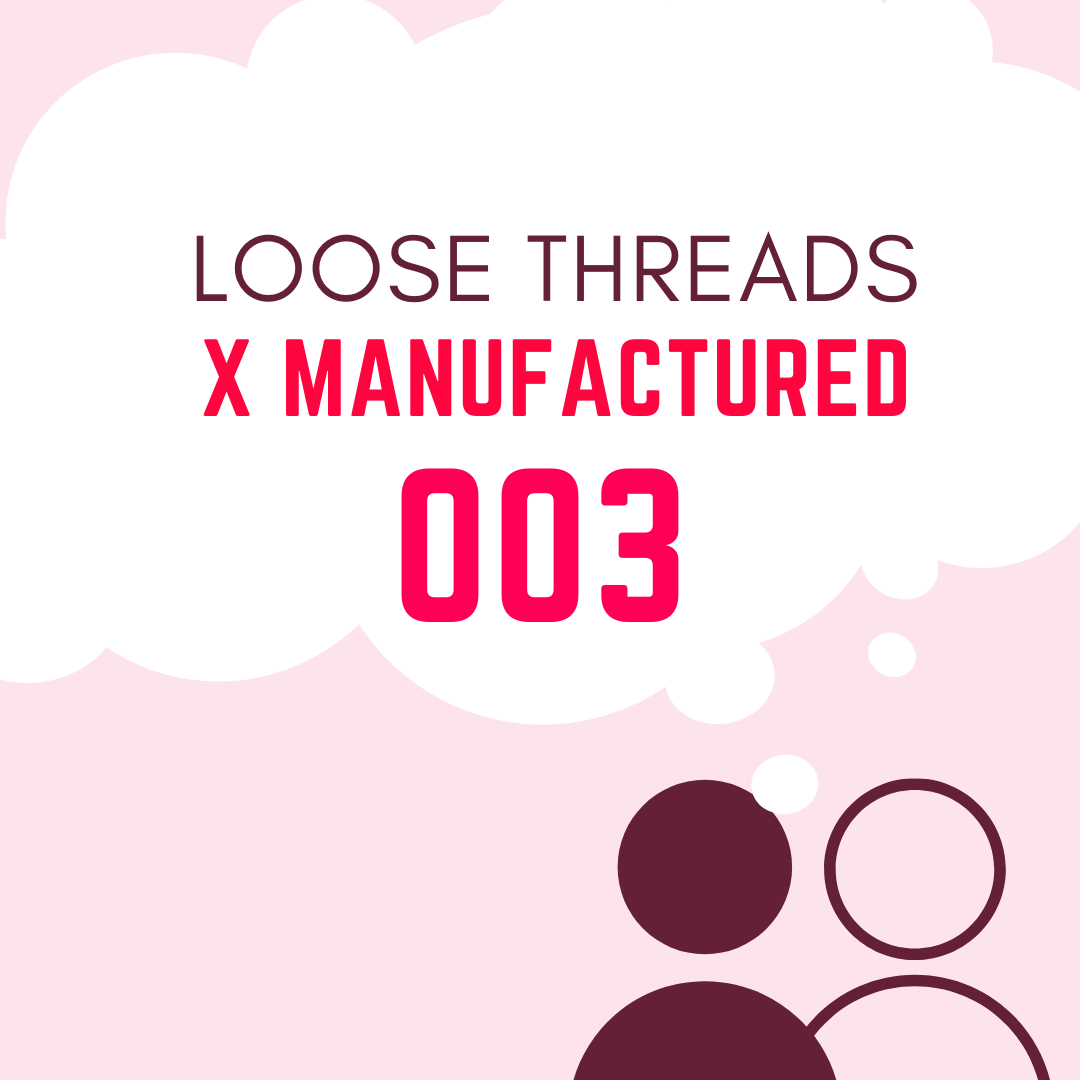On this episode we’re taking a look at cotton value chains in the Indian context with Rajeev Baruah, who has worked in cotton for decades. Though his background is originally in agriculture and tea, his cotton journey started with a spinning facility back in the 90s on a mission to work with organic cotton farmers - something that, at the time, was unheard of. In the years since, he’s gone on to work in a number of different roles with different stakeholders across the value chain. Rajeev gives Kim an in-depth look at the steps that go into growing, harvesting, ginning, and spinning cotton, who the commercial actors are, and what their incentives might be within the Indian context.
This episode takes you through the cotton value chain in the Indian context. Do check out our previous episodes on cotton – episodes 41 and 42, when Kim talked to Cannon Michael, a cotton grower in California, and in episodes 43 and 44 when she spoke to Crispin Argento about direct-to-grower cotton sourcing and traceability.
This episode is part of a mini-series that explains the production processes behind different fabrics, the players involved, what are their incentives, and more. It's hard to have a conversation about how to make a material better if we don't understand how it's made in the first place.
Connect with Rajeev on LinkedIn. And, get in touch with me on LinkedIn, or drop me an email at [email protected].
CREDITS:
Host: Kim van der Weerd
This is a Maed in India production.
Recording Engineers: Lakshman Parsuram & Kartik Kulkarni
Sound Editor & Mix Engineer: Kartik Kulkarni
Creative Director: Mae Mariyam Thomas
Project Manager: Shaun Fanthome
Producer: Husein Haveliwala

This is part two of our conversation with Marzia Lanfranchi and Andrew Olah. Both of them wear many different hats… and it’s their work...

Question: This week’s main podcast episode is based on an interview with Mr. Lin, a Chinese subcontractor based in Phnom Penh. In the episode,...

Gladys Tang is a Senior Sustainability Manager for Tchibo Merchandising Hong Kong. Tchibo is a German brand selling a wide variety of products across...